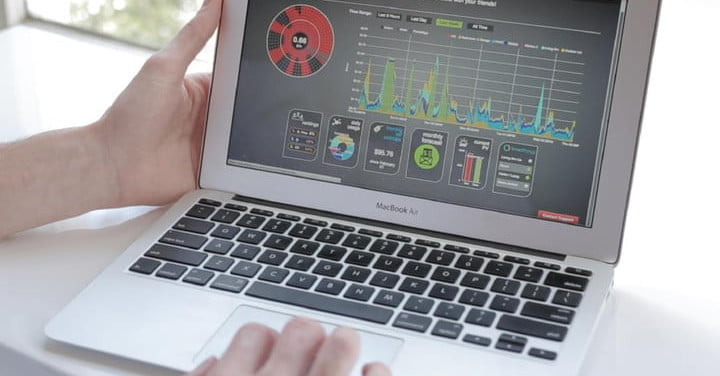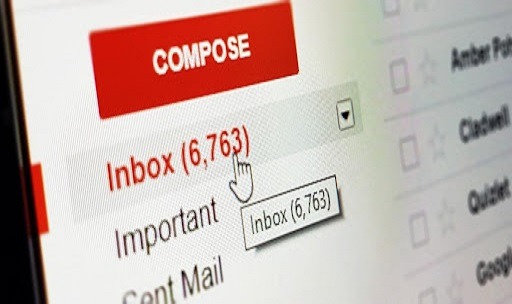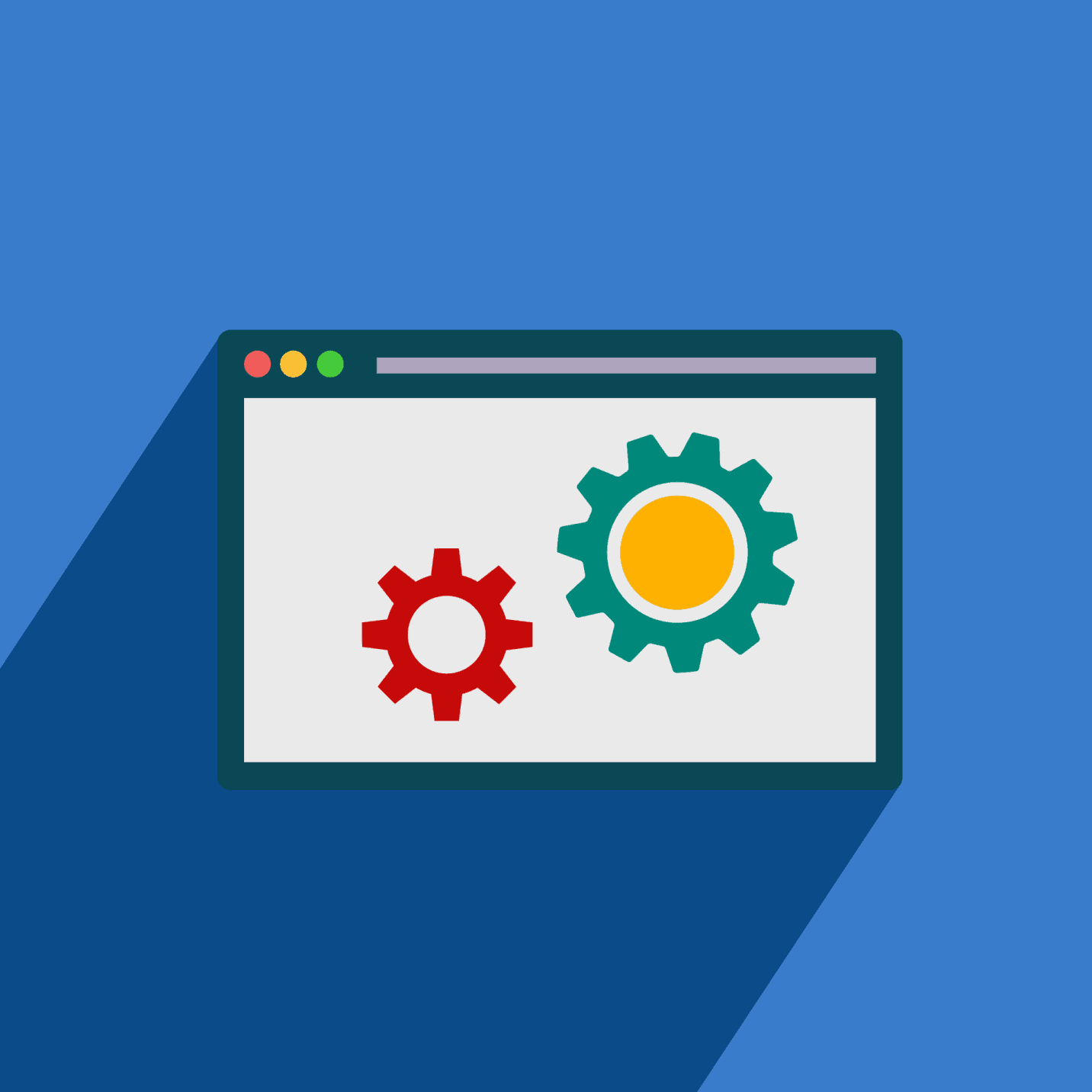From the neighborhood grid to the electrical supply panel in our basements, we’re using our home’s electricity more than ever. From major appliances like washing machines and water heaters to outlets and lighting fixtures, the demand for solid power is always on the rise. While various tactics you can employ to keep the electric bill looking a bit friendlier. It becomes difficult to measure and monitor exactly what appliances and utilities are demanding the most power. How to Measure Home Energy Use
Fortunately, a rising number of green and eco-friendly solutions have appeared on the market for those who want to save both energy and money. Here’s a look at some of the most reliable options. What they’re best suited for, and where you can find them.

Smart meters
Smart meters are highly adopt energy trackers, but they are also outside of your control. These are digital utility meters that power companies house-by-house install. They send wireless signals (or sometimes power line signals) to show how much electricity the house is using as a whole.
This makes it really easy for power companies to check your energy usage from a distance and often gives you access to regular reports on how much energy your home is using.
As part of upgrades to smarter grids, power companies around North America have switched to these smart meters. Unfortunately, it’s taken some longer than others, some companies still balk at the change. Homeowners can refuse the new installation if they want (There are a lot of very odd conspiracy theories out there about smart meters spying on people or poisoning homeowners.)
In other words, there’s no guarantee that you have or can have a smart meter. The best way to find out is to either look on your power company’s website or call up your power company and talk about it.
If you have a new-looking electricity meter with a digital readout, you probably have a smart meter. Some of them even handily say “smart meter” somewhere on the box.
If that’s the case, head to your power company websites, log in, and see how you can use that particular monitoring option to watch your total energy usage, typically from day today. Many companies also provide guides on how to lower these numbers.
Home monitoring systems
Suppose you don’t have a smart meter or want a more customized look at your energy consumption around the home. You need a home monitoring system. These systems require a significant amount of setup, using a series of components that you install in your breaker box or around your house.
A little bit of wiring experience is beneficial here. But these are designed to be DIY projects for all types of homeowners, as long as you are careful. You’ll likely have to pay more for this solution than other options — prices are typically well above $100. Here are a few options:
- TED Pro Home: TED Pro Home connects to your electrical panel and gauges how much electricity is entering your house. Expansions allow you to monitor individual circuits, alternative energy systems, and more. In addition, it can connect with current smart home protocols, and you can view individual appliances with the Spyder device. There are also several display options, including a wired display and a portable option.
- Sense Energy Monitor: Sense lets you monitor your energy use in real-time through iOS, Android, and web apps. It integrates with Amazon Alexa and IFTTT. It allows you to see the amount of electricity your household is using. You can also see what time people in your household arrive home, check whether or not your sump pump is on, and more.
- Eyedro Home Solar & Energy Monitor: This multi-tool by Eyedro lets you monitor your home’s electrical and solar energy supply. Four clip-on modules attach to individual circuits in your breaker box that begins real-time monitoring as soon as you connect the system to Wi-Fi. Eyedro will even send you daily, weekly, monthly, and yearly energy reports to help you locate the areas where you can save the most on your energy consumption.
Smart plugs/outlets
These are single-appliance energy monitoring and control devices. It’s important to note that not all smart plugs offer energy tracking. Their focus is more on-device control and set schedules.
However, many also monitor electricity. The advantage is that you can plug them into a normal outlet, plug in your appliance, and see how much energy it uses without any extra work. You also have the option to turn the appliance on and off based on a schedule designed to save energy.
However, this solution works best if you have only a few energy-hungry appliances you want to track instead of whole-house monitoring. It’s ideal for people who rent and can’t exactly rewire their breaker boxes for a full system.
Smart plugs aren’t much good outside of normal NA-style outlets, so your washing machine, oven, and other big appliances probably won’t be compatible.
Smart plugs
- WeMo Insight Switch: From creating rules and schedules for your devices to monitoring energy use and changes over time, Insight does a little bit of everything. It’s useful not only for its relatively low price but for its ease of use. Plug it in, download the Wemo app, and you’re basically done.
- Elgato Eve: Designed to work with Apple HomeKit, Eve is a suite of smart devices that help you monitor your home’s energy usage. The Energy device, in particular, is a handy smart plug that even provides graphs that chart out just how an appliance is being used from day to day and season to season. Siri voice controls are also enabled.
- D-Link Wi-Fi Smart Plug: D-Link’s smart plug offering is a full-service device designed for protection and monitoring. This includes the ability to schedule an appliance to turn on and off, remote management, and protection against overheating. It’s ideal for managing a home office or similar types of electronic setups.
Smart energy apps
Smart apps attempt to measure home energy usage without all the separate components that home monitoring systems require. For example, some require you to measure and record individual appliances, and some try to tap into local smart meter readings. And some estimate home energy use based on available local data.
While these apps may be cost-effective compared to home monitoring systems, they otherwise struggle. Their data is rarely as accurate as other options, and many require intense efforts to record electricity minutiae around your entire house before they can even start working. That being said, here are a few smart apps to check out if you prefer going this route in energy measurement:
- Energy Consumption Analyzer: This analyzer is available across several platforms and allows you to program in meters for gas, electricity, and water into a database. Record your meter readings regularly, and the app guesses your energy consumption with a few statistical tricks. It’s a nice, free app for those who don’t mind obsessing over the details.
- Home Energy Saver: This is a government-sponsored web app that allows you to estimate your residential energy use and create a plan for upgrading your efficiency. If everything else on this list sounds like too much work, but you still want to save, this is a good app to start with.
- Smappee Infinity: Smappee Infinity uses a series of networked smart modules to record energy data. The info is then sent to the Smappee cloud, where energy readings are converted into info and various statistics you can access by the mobile app. The system also works with gas and water supply chains in your home.
Would you like to read more about How to Measure Home Energy Use-related articles? If so, we invite you to take a look at our other tech topics before you leave!










